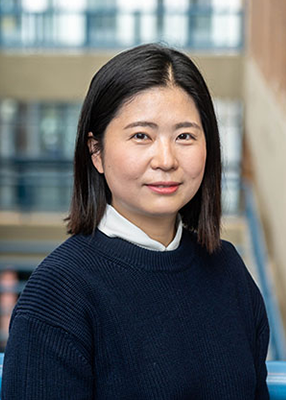Hee-Yeon Im
Research Area
Education
PhD, Johns Hopkins University, 2013
About
Dr. Hee Yeon Im is an Assistant Professor in the Department of Psychology and an investigator at the BC Children’s Hospital Research Institute.
Teaching
Research
Dr. Im’s research aims to understand both temporal (“when?”) and spatial (“where?”) characteristics of brain functions that allow us to interact with the world. Her research focuses on three big questions, including:
(1) How does the sensory system extract coherent, goal-relevant information from the world for a few fleeting moments and share it with the motor system immediately and continuously?
(2) How does the motor system influence the way the sensory system perceives the world?
(3) How do perception-action links emerge and change with typical and atypical brain development?
To address these questions, her research uses MEG (magnetoencephalography), functional MRI, and psychophysics in adults and children with typical development, as well as those with brain disorders.
Publications
A complete list of publications is available here:
Interactive Mind & Movement Lab: https://www.imm-lab.ca
